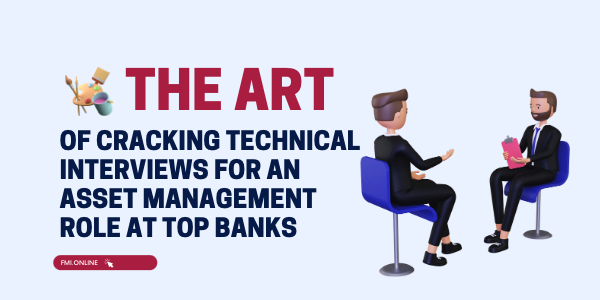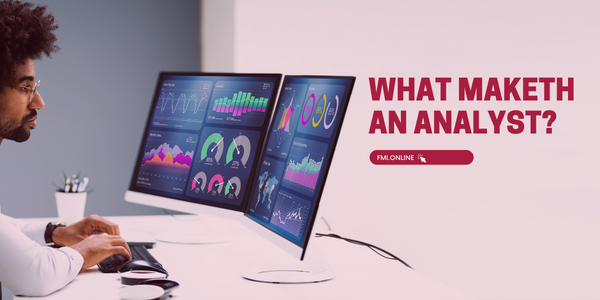An asset is something of value which is owned by a company. For companies, assets can be classified in different ways. For example, assets owned by a company can be current assets or non-current assets. Another way to classify assets are as tangible assets and intangible assets. This second way of classifying assets is the topic of today’s blog post.
Difference Between Tangible and Intangible Assets
Tangible assets are assets available in physical form. You can see and touch them. For example, commercial property or computer equipment owned by a company are tangible assets. Companies typically use tangible assets to produce their services and products. For instance, Tesla uses its manufacturing factories and equipment to build battery powered cars.
Intangible assets on the other hand are assets not present in physical form, yet they have an economic value to the company. For instance, an intangible asset could be intellectual property such as movie copyrights. The movie studio which holds the copyrights will be paid a royalty each time the movie is played, thus generating steady revenue.
As tangible and intangible assets are owned by the company, they are recorded on the company’s balance sheet.
Examples of Tangible and Intangible Assets
Tangible assets can be found in any physical asset that is owned by the organization, such as
● Furniture
● Land
● Office supplies and stationery
● Vehicles
● Equipment, and
● Machinery
Additionally, tangible assets can be further divided into two types. A current asset is expected to be used or sold for cash within this next 12 months. Examples of current assets include cash and inventory. Current assets are usually very liquid, meaning they can be sold easily. Noncurrent assets on the other hand are assets which are expected to be held by the company for more than 12 months. These assets realize their value over the longer term, and include assets such as plant, machinery and property. Noncurrent assets are illiquid, meaning it takes longer to sell them and
convert them to cash.
On the other hand, some significant examples of intangible assets include
● Copyrights
● Stocks and shares
● NFTs
● Digital assets
● Patents
● Trademarks, and
● Franchises
Accounting Tangible and Intangible Assets
Lastly, it is important to know how tangible and intangible assets are accounted for in an company’s balance sheet.
Typically tangible assets are the easiest to account for as they arrive with a fixed life span and finite value. Initially, tangible assets are recorded in the company’s balance sheet; however, as they are used up, they are recorded in the company’s income statement.
For example, when inventory is first purchased, it is recorded in the company’s balance sheet; however, as it is progressively sold off, the gains are recorded in the company’s income statement.
On the other hand, intangible assets are typically harder to account for. While some intangible assets such as patents or trademarks might have an initial purchase price that is recorded in the company’s balance sheet as a long term asset, others can be difficult to quantify.
In most cases, the cost of intangible assets is spread over a period of time as it generates revenue for the long term.
In Conclusion
For many company’s, tangible assets, intangible assets, or a combination of both are crucial for their survival and success. It is important for you to develop the skill set to accurately account for both of them.










 60+ hours
60+ hours 9 courses
9 courses



